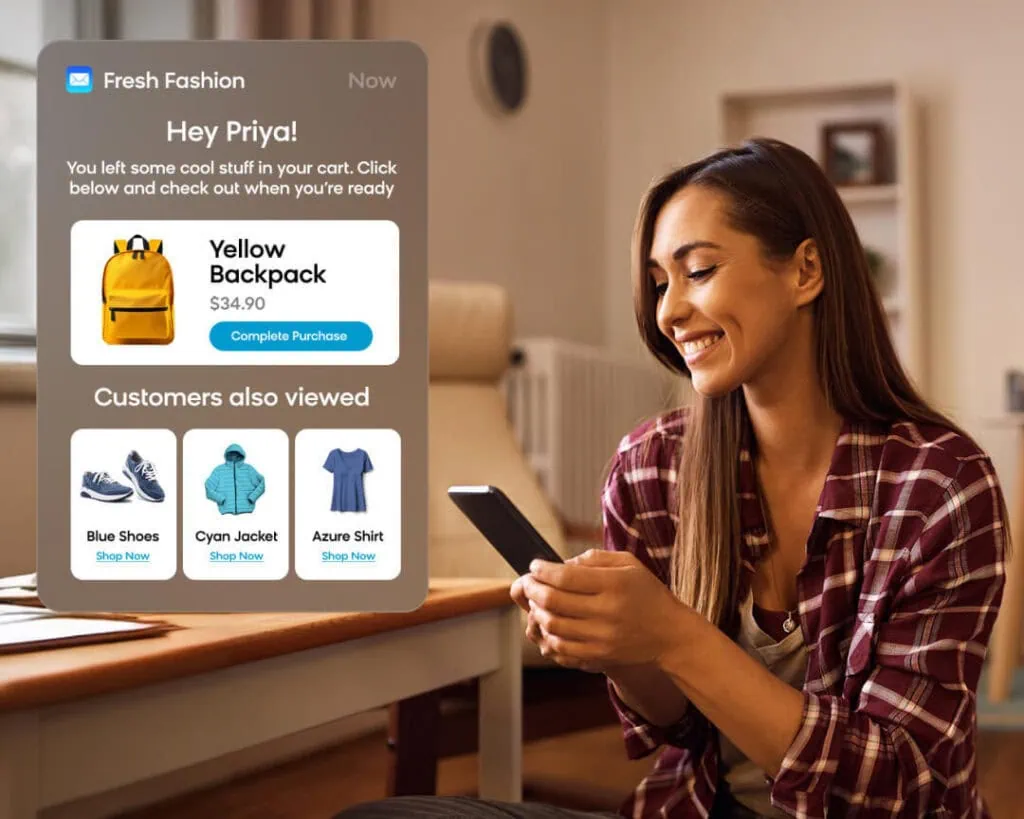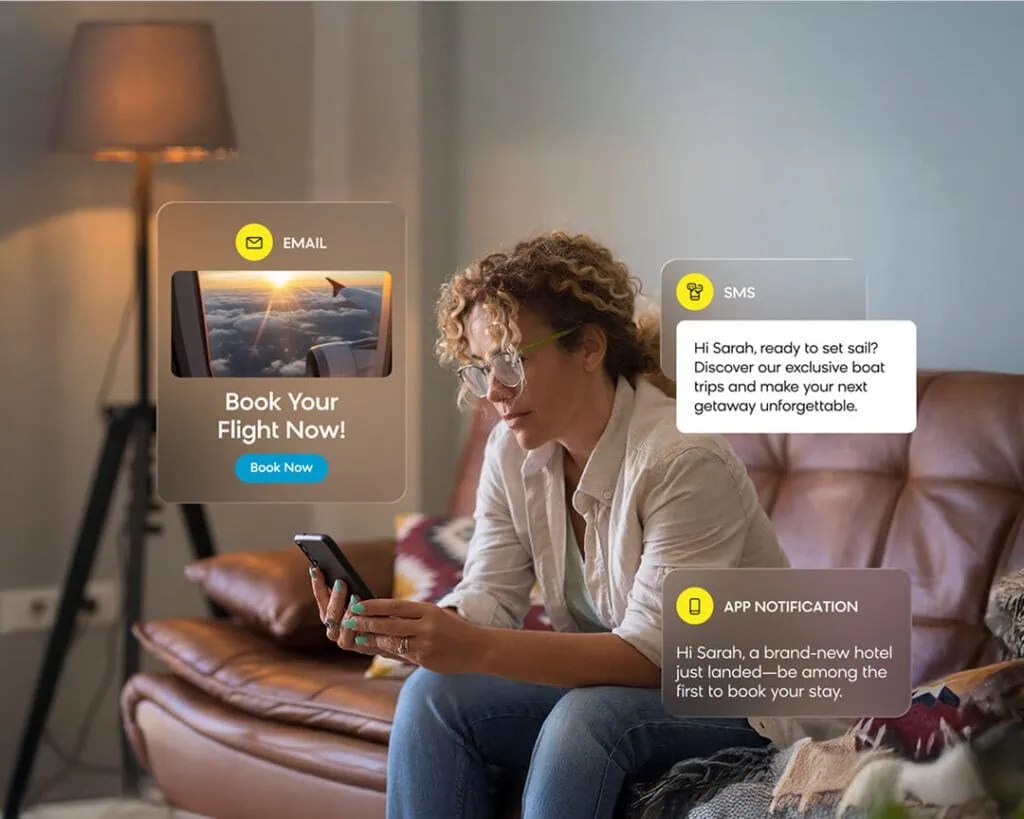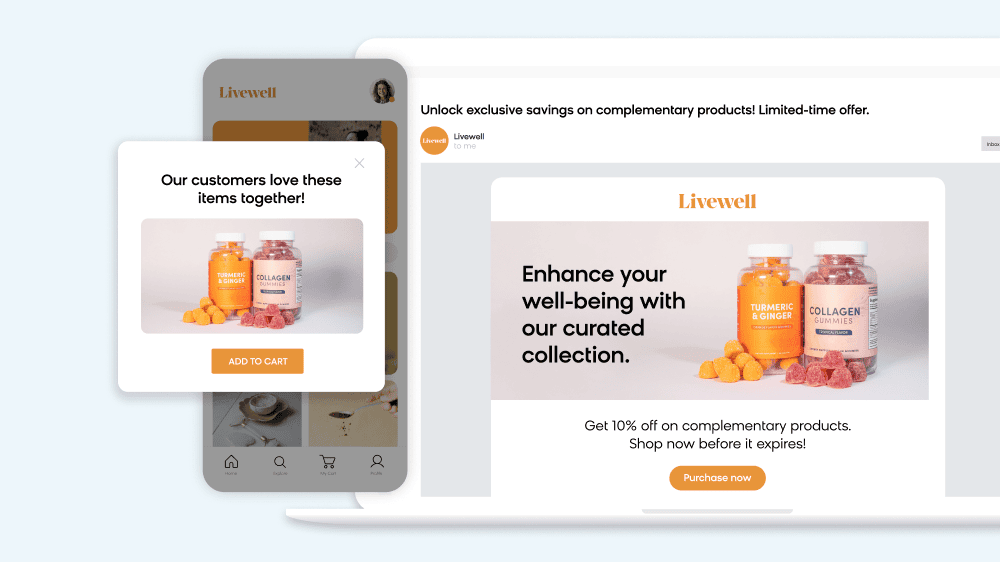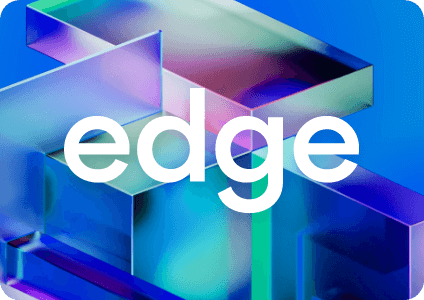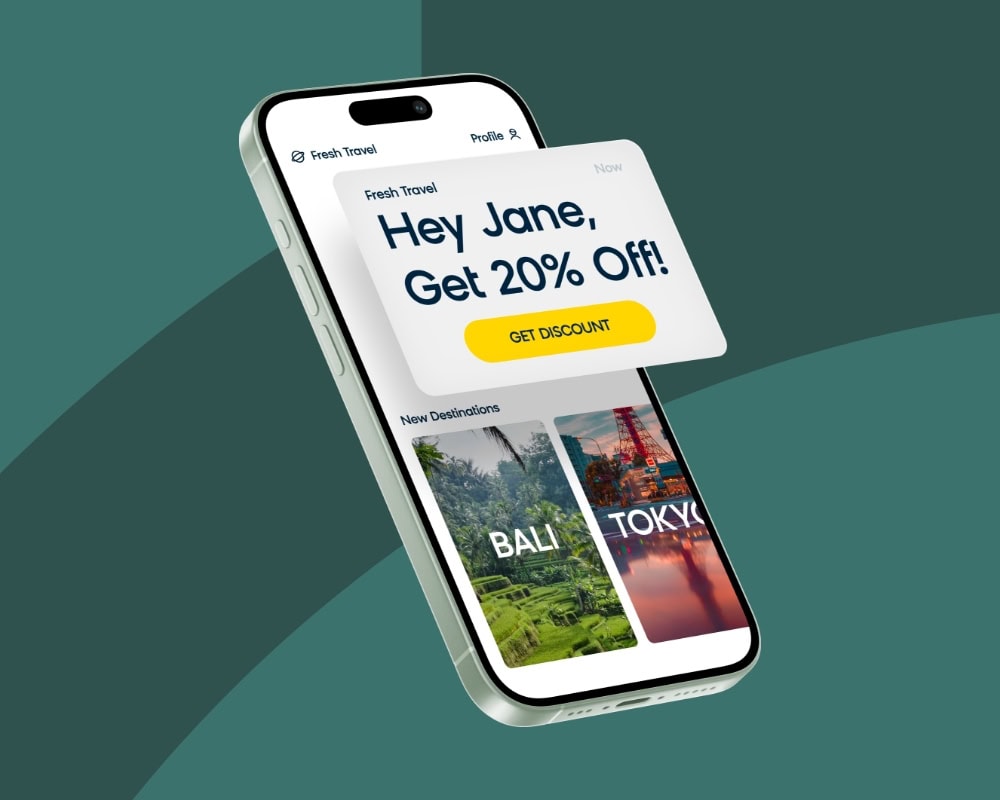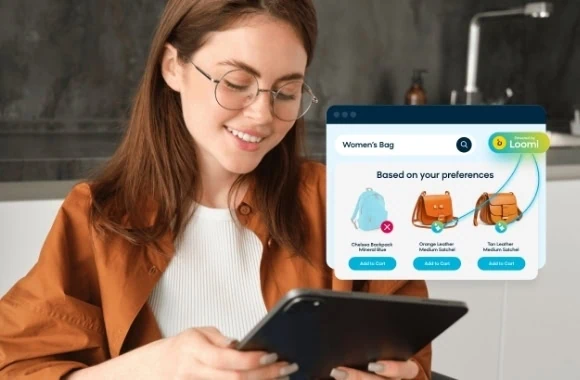The expectations of modern consumers have fundamentally shifted. Today’s shoppers demand immediate, helpful interactions that feel tailored specifically to their needs, preferences, and current context. Static email campaigns and broad demographic segments no longer suffice in an environment where brands like Netflix and Spotify have trained users to expect algorithmic intelligence at every touchpoint.
This is where AI-powered “personalization engines” can help. These platforms don’t just segment audiences or trigger prewritten campaigns — they dynamically analyze customer behavior, predict intent, and orchestrate experiences that adapt moment by moment.
This evolution represents more than a technological upgrade. With autonomous AI agents getting smarter by the day, brands can now unlock unprecedented opportunities for growth, retention, and operational scale.
The brands that recognize this shift early will establish competitive advantages that become increasingly difficult to replicate as customer expectations continue to rise. Read on to learn more about personalization engines and how AI plays a crucial role in powering them.
Defining the Modern Personalization Engine
Unlike legacy marketing automation platforms that rely on pre-configured rules and batch processing, today’s personalization engines can continuously process signals and make decisions in milliseconds. This allows brands to unify and activate customer data to deliver 1:1 experiences at scale through AI and real-time orchestration.
The core functionality of these systems includes:
- Real-time decision-making: Processing behavioral signals, purchase history, and contextual data to determine the optimal next action for each individual customer
- Predictive segmentation: Using machine learning models to identify customer propensity, lifetime value, and churn risk without manual audience building
- Content and product personalization: Dynamically adjusting messaging, product recommendations, and merchandising based on individual preferences and intent
- AI-powered omnichannel automation: Coordinating experiences across email, SMS, website, mobile app, and paid channels from a single intelligence layer
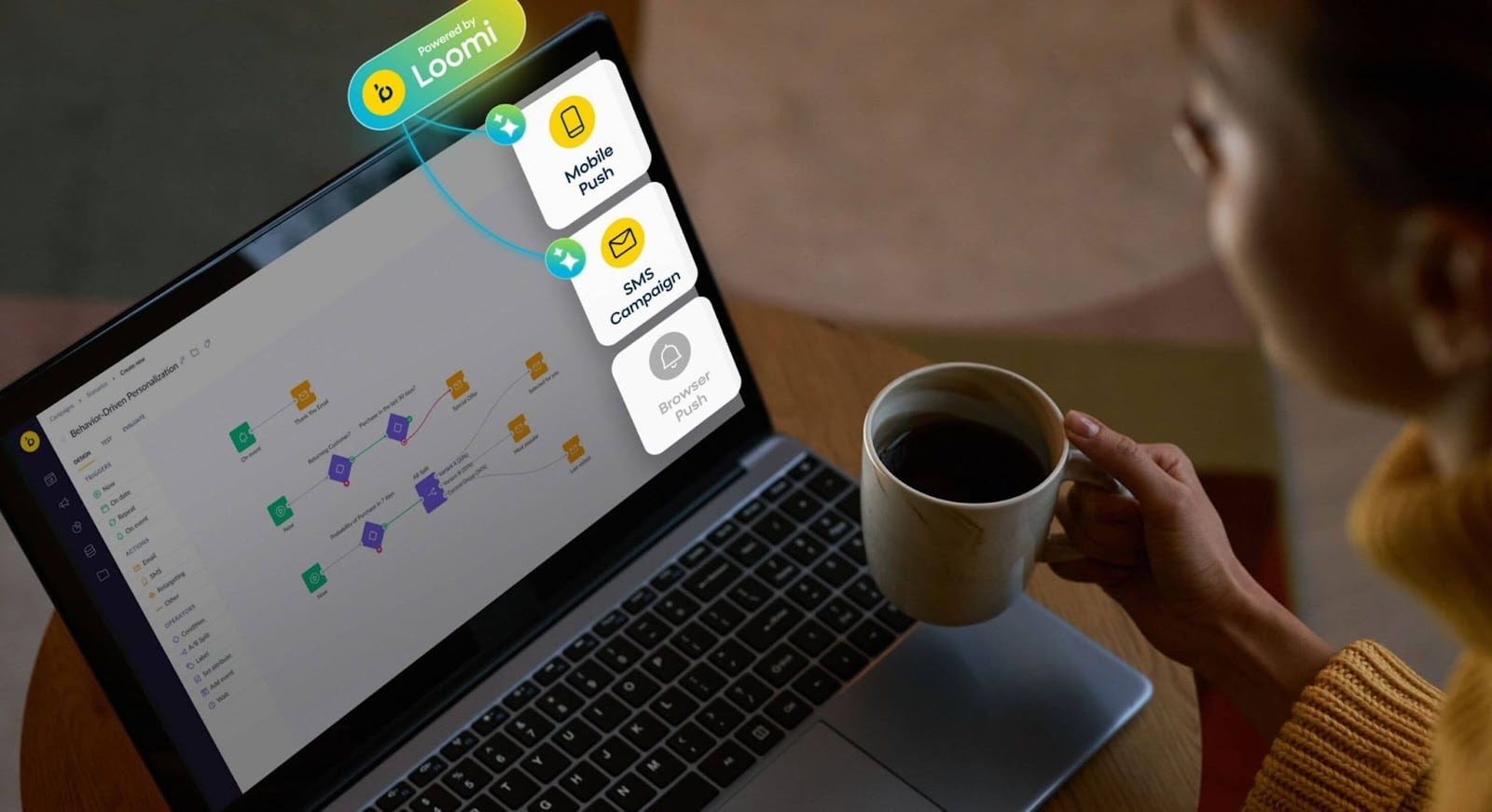
This represents a stark contrast to legacy platforms that require marketing teams to manually configure workflows, set up static rules, and constantly adjust campaigns based on performance data. Traditional customer data platforms (CDPs) and digital experience platforms (DXPs) focused primarily on data collection and basic segmentation. Modern personalization engines, particularly those built with agentic capabilities, take the next logical step by acting on that data autonomously.
Agentic personalization represents the natural evolution of these technologies into intelligent systems that learn, adapt, and optimize continuously. Rather than serving as tools that require constant human management, these platforms function more like AI assistants that understand business objectives and work autonomously to achieve them.
The shift from manual configuration to autonomous optimization reflects broader changes in how businesses approach customer engagement in an era where personalization at scale is no longer optional but essential for competitive survival.
From Tactics to Outcomes: Personalization as a Business Growth Driver
Legacy personalization efforts measured superficial engagement metrics like click-through rates and email open rates, but modern personalization engines must contribute directly to core business KPIs: revenue, average order value, customer lifetime value, and retention rates.
Agentic personalization aligns AI decisions directly with business objectives, reacting in real time to optimize outcomes tied to growth and efficiency. For example, let’s say a high-value customer is showing lower email engagement in recent months. A traditional approach would be to focus on boosting email engagement, but an agentic system might recognize that SMS is a more valuable channel for this particular customer and adjust messaging frequency and content type to match.
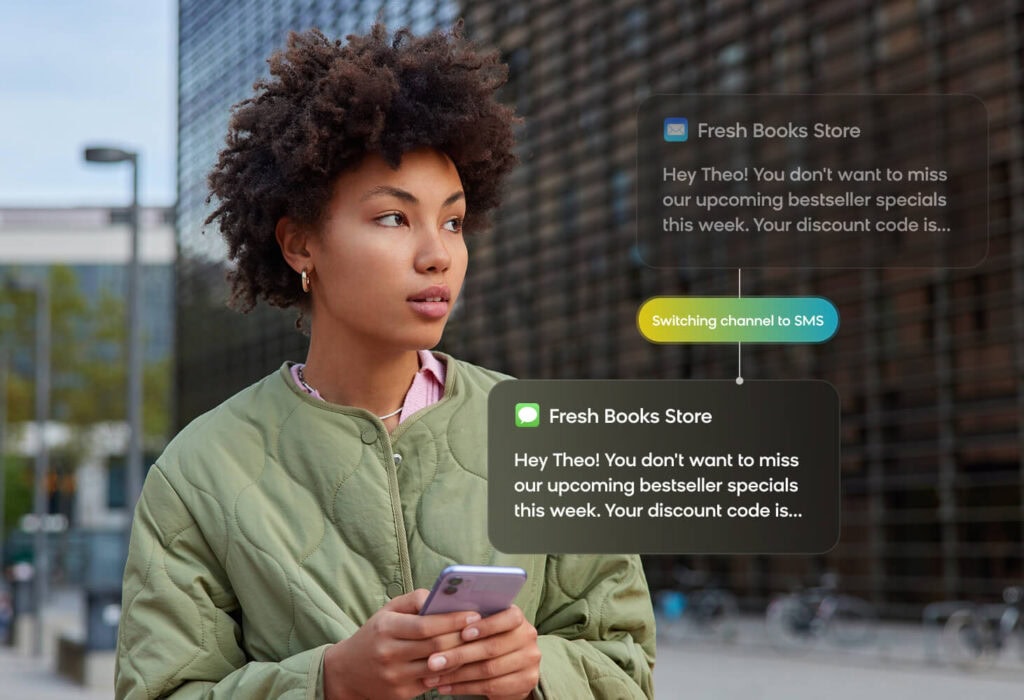
If you get this right, the payoff can be significant. A BCG study showed that organizations that successfully personalize their efforts can see 10% higher compound annual growth rates.
The strategic implication is clear: Personalization engines must be evaluated not just on their technical capabilities, but on their ability to drive measurable business outcomes. Brands that continue to optimize for engagement metrics while ignoring revenue impact will find themselves at an increasing disadvantage as competitors leverage more sophisticated approaches to customer relationship management.
Anatomy of a Next-Gen Personalization Engine
So, what makes a personalization engine effective? In essence, personalization engines must be modular, AI-powered, and act in real time. This way, they can connect all your data, channels, and decisions to deliver seamless customer experiences. Let’s dive deeper into the components of a great personalization engine:
Unified Data and Real-Time Activation
Modern personalization engines merge marketing, commerce, CRM, and behavioral data into customer profiles that are continuously updated. This unified approach eliminates the data silos that plagued previous generations of marketing technology, where customer information was scattered across disparate systems and often hours or days out of date.
Real-time activation means that when a customer abandons their cart, browses a competitor’s website, or engages with a social media post, the personalization engine processes this information immediately and adjusts future interactions accordingly.
Intelligent Audience Segmentation
AI-driven insights enable dynamic audience creation without manual configuration. Features like Bloomreach’s AutoSegments, churn scoring, and affinity models use machine learning to identify patterns in customer behavior that would be impossible for human analysts to detect at scale.
These systems can automatically identify customers who are likely to make repeat purchases, are at risk of churning, and have high lifetime value potential.

Context-Aware Content and Merchandising
Rather than relying on static templates and predetermined product recommendations, advanced personalization engines tailor both messaging and merchandising based on individual visitor intent and behavior. With advanced AI like Bloomreach’s Loomi AI, you can generate personalized content dynamically, adjusting tone, product focus, and the call to action based on where the customer is in their journey.
For example, if a customer just purchased a jacket, then the next time they visit your site, the AI is smart enough to create a personalized widget featuring complementary products in a similar style and color.
Omnichannel Orchestration From a Single Hub
Coordinating website, email, SMS, mobile app, and paid channel experiences from a centralized intelligence layer ensures consistent and complementary customer interactions. This orchestration prevents the common problem of conflicting messages or redundant communications that can frustrate customers and dilute brand messaging.
Agentic orchestration represents the next evolution of this capability, where AI systems coordinate complex, multi-channel campaigns without human intervention. These AI agents can adjust timing, frequency, and messaging based on individual customer preferences and response patterns.
Autonomous Optimization
AI-led experimentation and continuous improvement operate without human intervention, constantly testing new approaches and implementing improvements based on performance data. This autonomous optimization extends beyond simple A/B testing to include multivariate experiments, dynamic content optimization, contextual personalization, and predictive modeling that improves over time.
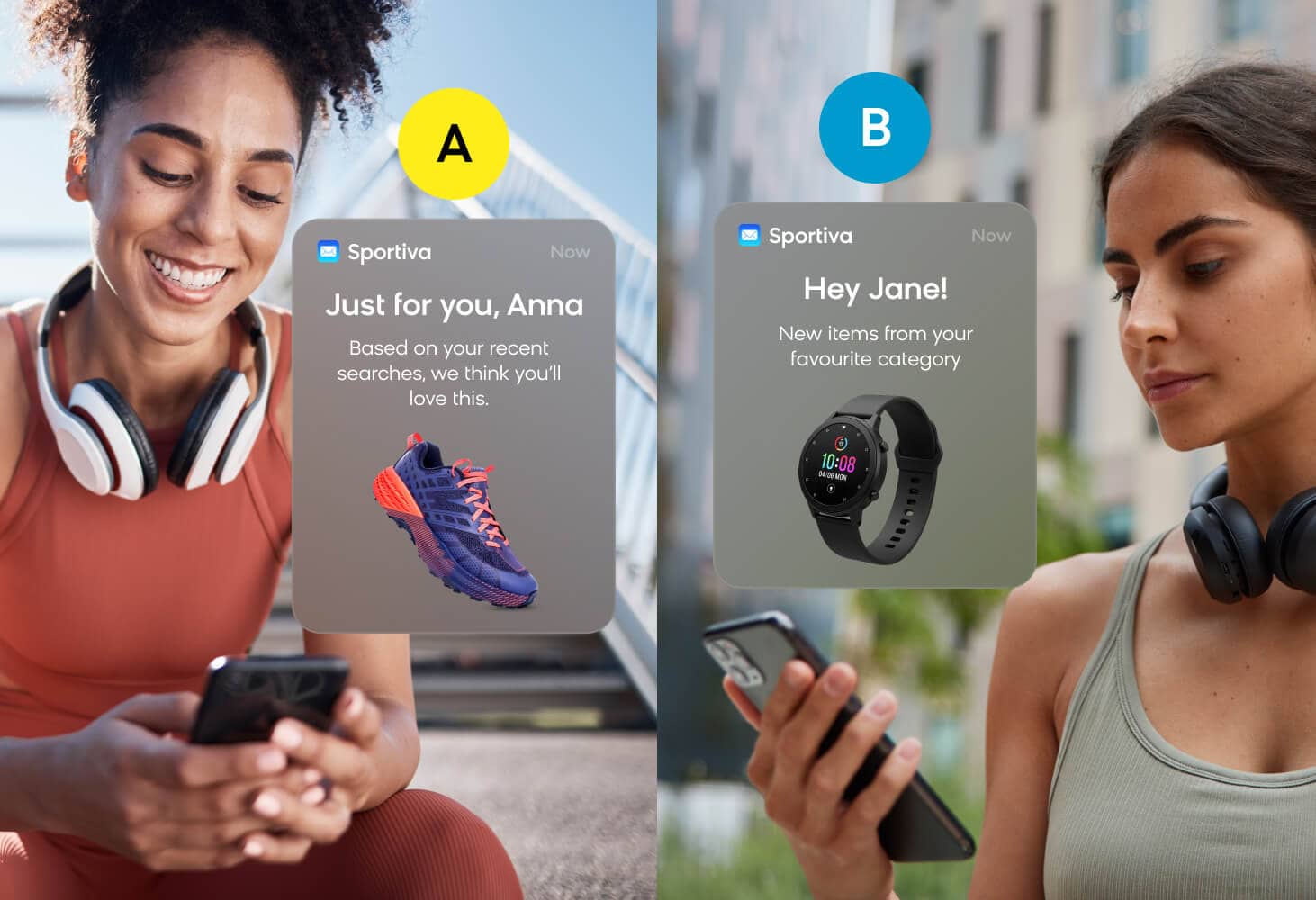
The combination of these capabilities creates a personalization engine that functions more like an intelligent assistant than a traditional marketing tool, capable of understanding business objectives and working independently to achieve them while continuously improving its performance.
Personalizing the Entire Commerce Journey
Real-time personalization must adapt dynamically to every stage of the buyer lifecycle, from initial discovery through post-purchase retention and expansion. This comprehensive approach ensures that customer experiences remain consistent and relevant regardless of how individuals interact with the brand.
Discovery Stage
During the discovery phase, personalization engines optimize search results, navigation experiences, and product listings based on individual preferences, browsing history, and behavioral signals. AI-powered search capabilities can understand the intent behind queries, surfacing relevant products even when customers use ambiguous or incomplete search terms.
Bloomreach Discovery uses machine learning to improve search relevance continuously, understanding that a customer searching for “running shoes” might be interested in casual sneakers or professional athletic gear depending on their previous browsing behavior and purchase history.
Consideration Stage
As customers evaluate options, personalization engines orchestrate email journeys, surface relevant reviews, and present dynamic content that addresses specific concerns or interests. This stage requires a sophisticated understanding of customer psychology and the ability to provide information that builds confidence without overwhelming prospects.
The AI might recognize that a customer is comparing multiple products and automatically provide detailed comparison information, highlight differentiating features, or offer expert recommendations based on similar customer profiles.
And, while ecommerce teams used to have to do this via product grids and marketing communications, conversational AI now makes it possible to engage these customers in real time. With a conversational shopping agent like Bloomreach Clarity, you can provide guidance when customers need it most to move them more effectively from consideration to purchase.
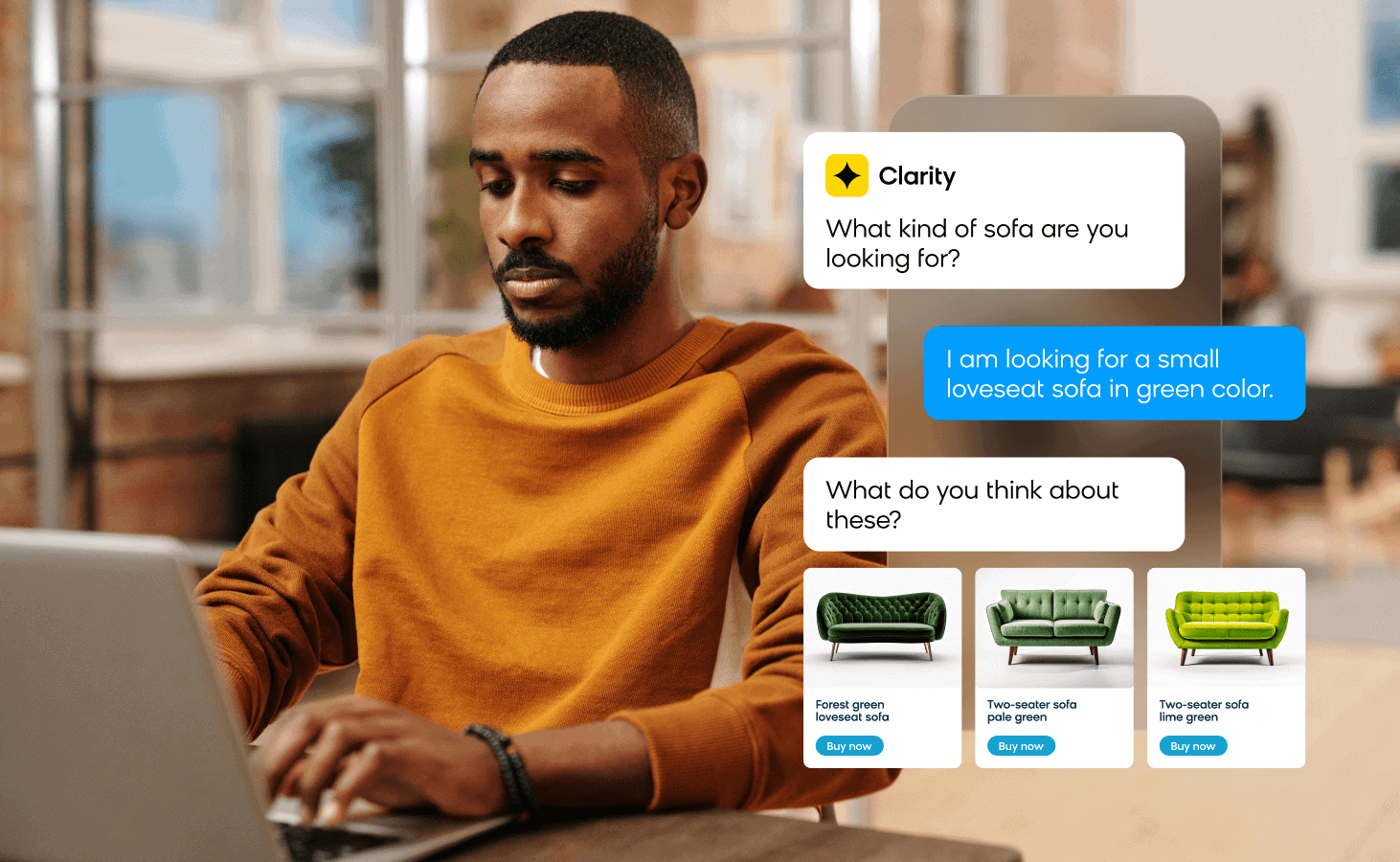
Purchase Stage
During the purchase process, personalization engines can present relevant offers, suggest complementary bundles, and adjust messaging context to encourage completion. This includes personalized promotional offers and contextual urgency messaging that feels helpful rather than manipulative.
Retention Stage
To keep customers coming back to your brand, you need to engage them in the post-purchase experience. This can include personalized replenishment reminders, helpful tips and tricks for their recently purchased items, loyalty program offers, and more.
For example, the personalization engine might recognize that a customer typically reorders consumable products every six weeks and proactively reach out with convenient reorder options.
Agentic Personalization: What Makes It Transformative
Agentic personalization is moving brands away from rule-based automation to autonomous AI that serves customer needs and business goals in real time without constant human oversight. This distinction is crucial for understanding why traditional personalization approaches are becoming obsolete in competitive markets.
Legacy personalization systems require marketing teams to anticipate customer scenarios, configure rules, and constantly adjust campaigns based on performance data. This approach works reasonably well for simple, predictable customer journeys, but breaks down as businesses scale and customer behavior becomes more complex.
Agentic personalization eliminates these limitations by enabling AI systems to understand objectives and work independently to achieve them. Loomi AI exemplifies this approach across multiple dimensions:
- Email and SMS orchestration: Rather than following predetermined drip campaigns, agentic systems analyze individual customer behavior patterns to determine optimal send times, message frequency, and content type. The AI might recognize that a customer is more responsive to SMS than email and automatically adjust the communication mix while maintaining consistent messaging.
- AI-led merchandising and search relevance: Product recommendations and search results adapt continuously based on real-time signals, seasonal trends, and individual preferences. The system can detect when a customer’s interests are shifting and proactively surface relevant products before the customer explicitly searches for them.
- Dynamic journey automation: Conversational interfaces and dynamically generated content create experiences that feel personalized at scale. The AI can engage in contextual conversations, answer product questions, and provide recommendations that feel natural and helpful rather than robotic.
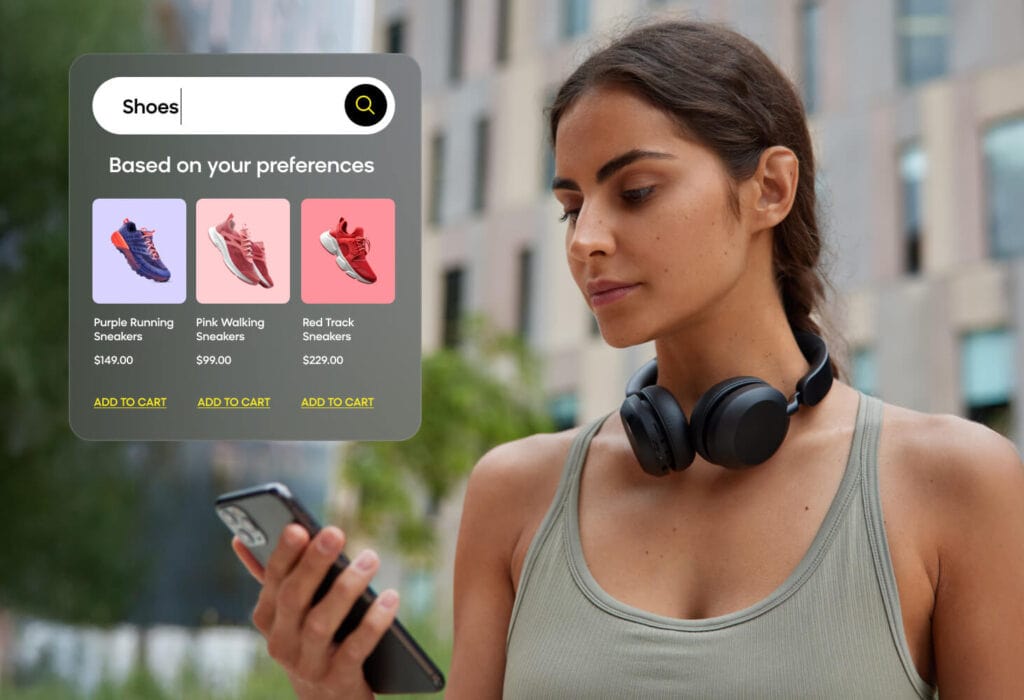
The benefits of this approach extend beyond improved customer experiences:
- Eliminates configuration overhead: Marketing and merchandising teams no longer need to anticipate every possible customer scenario and create rules to address them
- Reacts to market changes instantly: AI can detect shifts in customer behavior, seasonal trends, or competitive dynamics and adjust strategies automatically
- Predicts optimal actions: Rather than reacting to customer behavior, AI agents can predict what customers need and proactively provide relevant experiences
A useful analogy is to think of agentic personalization as having knowledgeable sales associates working behind the scenes at scale. These AI assistants understand customer preferences, can recommend relevant products, and know when to engage versus when to step back — all while continuously learning and improving their approach.
How TFG Drove Big Results With Conversational Shopping
TFG (The Foschini Group) — the largest fashion, lifestyle, and specialty retail group in South Africa — wanted a new way to engage customers. That’s why the brand turned to Bloomreach Clarity, our conversational shopping agent.
TFG implemented Clarity on Bash, its ecommerce platform, during Black Friday weekend. The conversational agent would pop up after a customer engaged with at least three product pages on Bash’s site, providing guidance and answering questions.
The peak season test yielded impressive results. TFG saw a 35.2% higher online conversion rate, a 39.8% higher revenue per visit, and a 28.1% lower exit rate, proving just how effective personalized conversations can be in improving the shopping experience.

How To Evaluate a Modern Personalization Engine
Strategic evaluation of personalization engines requires focusing on capabilities that drive business outcomes rather than feature checklists. Decision-makers should prioritize systems that can grow with their business and adapt to changing customer expectations.
Key Evaluation Questions
- Is personalization powered by native AI, or reliant on bolt-on solutions? Platforms built with AI at their core perform better than those where artificial intelligence is an afterthought. Native AI integration enables more sophisticated personalization capabilities and ensures better performance as data volumes grow.
- Can the system act autonomously and adapt in real time? True agentic personalization requires platforms that can make decisions without constant human intervention. Systems that only offer rule-based automation will require increasing operational overhead as businesses scale.
- Does it unify marketing and ecommerce contexts rather than treating them separately? Effective personalization requires understanding both customer relationship history and commerce behavior. Platforms that excel in email marketing but lack ecommerce intelligence (or vice versa) will limit personalization effectiveness.
Must-Have Capabilities for 2025 (and Beyond)
- Unified customer profiles: Real-time data integration that creates comprehensive customer views across all touchpoints and interactions.
- Omnichannel journey orchestration: Coordinated experiences across email, SMS, website, mobile app, paid channels, and more from a single place.
- Agentic AI: AI agents that can understand business objectives and work independently to achieve them while continuously improving performance.
- Activation-ready AI infrastructure: Systems that can act on insights immediately, rather than just generating reports that require manual interpretation and implementation.
If the platform you’re evaluating can’t hit these key marks, then you’re only setting yourself up to fall behind the competition as technological innovation ramps up.
Future-Proof Your Strategy With a Personalization Engine From Bloomreach
Delivering intelligent personalization has evolved from a competitive differentiator to a market requirement. Brands that continue to rely on basic segmentation and static campaigns will find themselves increasingly disadvantaged as competitors leverage real-time, agentic personalization as their default approach to customer engagement.
Bloomreach enables this transformation through an integrated, agentic AI platform that combines best-in-class personalization infrastructure with intuitive usability and measurable business performance. Use the power of autonomous AI to revamp your product discovery, streamline your marketing operations, and bring conversations to your on-site experience.
Ready to explore how an agentic AI-driven personalization engine can transform your customer experiences? Learn more about Bloomreach’s suite of products: autonomous marketing with Engagement, autonomous search with Discovery, and conversational shopping with Clarity.

